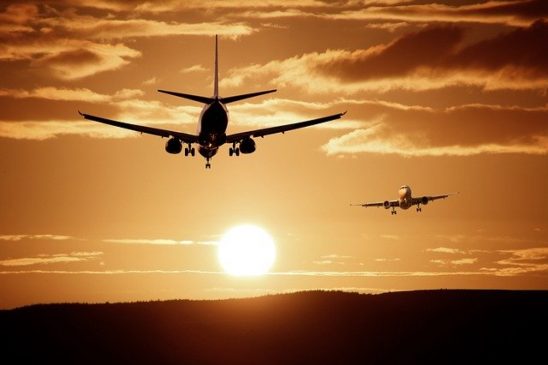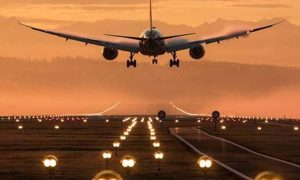Aviation regulator DGCA on Friday imposed a penalty of Rs 80 lakh on Air India for violations of certain norms related to flight duty time limitations and fatigue management system of flight crew.
The Directorate General of Civil Aviation (DGCA) on Friday imposed a financial penalty of Rs 80 lakh on Air India for violation of certain regulations pertaining to flight duty time limitations (FDTL) and the fatigue management system (FMS) of flight crew.
Read More: Govt Rejects Hindustan Zinc’s Plan To Split Company: Mines Secretary
The action by DGCA came after the aviation regulator conducted a spot audit of the airline in January in order to ensure a high level of safety in the country’s civil aviation space.
The regulator said evidence was collected during the audit, and fleet-wise random reports were analysed.
“The analysis of reports and evidences revealed that M/s Air India Limited operated flight(s) with both flight crew aged above 60 years flying together in few instances, which is a violation of Sub Rule (2) of Rule 28 A of the Aircraft Rules, 1937,” the DGCA said.
Read More: 50% Salary Hike Expected For Employees With These Skills In 2024, Says Report; Know More Over Here
The airline was also found deficient in providing adequate weekly rest, adequate rest before and after ultra-long range (ULR) flights, and adequate rest on layover to flight crew, thus violating the extant provisions of the Civil Aviation Requirements pertaining to FDTL, according to the regulator.
The DGCA also observed instances of exceeding duty periods, wrongly marked training records, and overlapping duties during the audit.
Read More: Infosys Q4 Results 2024: Check Date, Time And Dividend Announcement Details
On March 1, the DGCA issued a show cause notice to Air India.
A response submitted by the airline to the notice was not found satisfactory, the regulator said.
The DGCA said the enforcement action on Air India was in line with its commitment to maintaining the highest levels of safety in the country’s civil aviation sector.



































